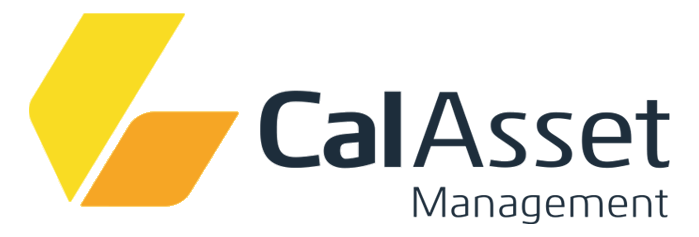It might sound like a lot of work but developing your investment plan is just figuring out the answers to a few questions.
Points to know
• Having an investment plan is just as important as mapping a route and knowing your destination before you begin a journey.
• Creating your investment plan isn't difficult, but as with all other aspects of investing, help is available if you want or need it.
The GPS to your investment destination
Imagine you want to visit a friend, but you don't know where she lives. Would you get in your car and start driving, hoping you'll eventually find her? No—you'd get her address and map your route there.
Think of your investment plan as a map to get you to your financial goal. It will help you set your destination and the route that will get you there. And like plotting out a road trip, investment planning doesn't have to be complicated, doesn't require the services of a professional, and doesn't need to take a long
Mapping out your plan
Creating your investment plan starts with answering these questions:
What's your final goal?
What limitations do you need to keep in mind? For example, you might have a hard deadline that's 10 years away, a small initial investment, or a particular concern about taxes.
How much will you invest each month or year? Will this amount rise over time?
How much risk are you comfortable with?
How often will you check to make sure your investments are still aligned with your plan?
It's a good idea to document your answers so that you have a touchstone for making future decisions about your portfolio.
Figuring out risk
Deciding how much money you want to have and when you need it is probably easy. Knowing how comfortable you are with risk might be a lot tougher if you've never thought about it or experienced it yourself. But don't just wing it. Your risk tolerance is one of the critical ingredients in deciding what you're going to invest in. Picking investments that are riskier than you can handle can lead to some pretty ugly outcomes.
But choosing investments that aren't risky enough—that don't have the right potential for growth—can also be a roadblock in reaching your goal.
Think about risk in context
Your risk tolerance can and probably will vary depending on your goal.
If you have more time (or if your timeline isn't fixed), you have a greater ability to take risk—kind of like choosing a route you're not as familiar with.
On the other hand, if you're starting your journey a little late, you have less room for unexpected detours. In that case, you'd be better off taking a "safer" route.
As you can see, your risk tolerance, time horizon, and goal all need to work together when you're deciding what to invest in.

What's Next?
Allowing yourself plenty of time to get to a destination is always a good strategy. When it comes to investing, the more time you have, the more you can benefit from compounding.
